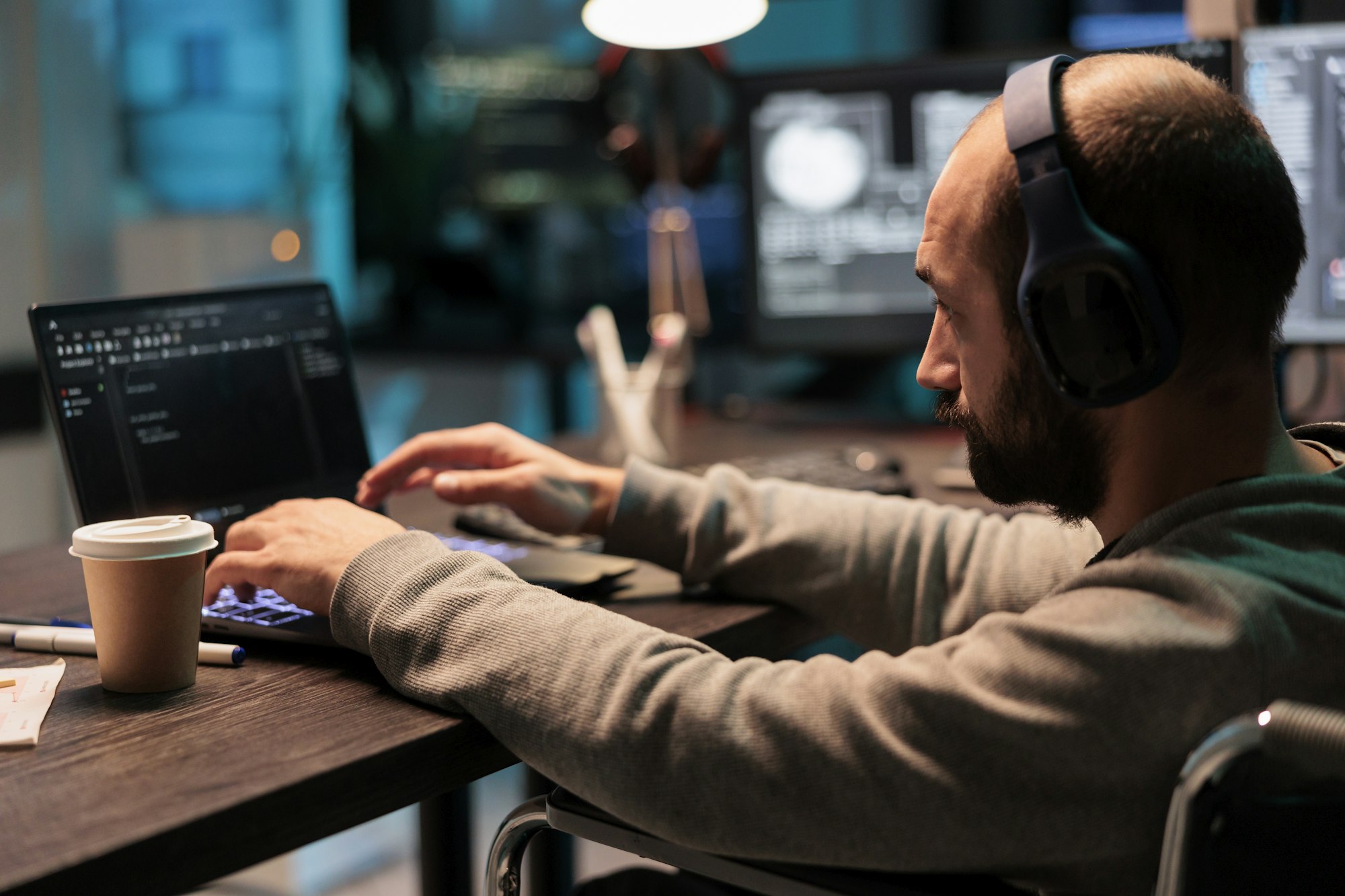What is Physical AI?
Physical AI is about blending artificial intelligence with real-world objects—like robots, materials, and systems—to make them smart enough to handle tasks on their own. Unlike most AI, which exists only on computers or online, Physical AI steps out into the real world, where it can actually touch, move, and interact with things. This development is set to change a whole bunch of industries, from making things and taking care of health to managing warehouses and shipping stuff.

How Physical AI Functions
Physical AI systems use very advanced AI models that teach robots and other devices to carry out complex activities. These systems use something called multimodal large language models (LLMs) that help them see, understand, and respond to their surroundings. For instance, NVIDIA’s Omniverse platform is super important here—it creates digital twins, which are like virtual copies of real objects or systems. Robots can practice on these twins before they start working in the real world.
Where Physical AI is Used
- Manufacturing: In factories, Physical AI lets robots build things, move stuff around, and even make the production line better without needing much help from people. We might even see factories that run completely on their own soon.
- Healthcare: In hospitals, Physical AI helps surgical robots do complicated surgeries with a lot of precision, which helps avoid mistakes. Also, AI-driven prosthetics and devices for rehabilitation can change to meet the specific needs of each patient, making recovery better.
- Logistics and Warehousing: Self-driving cars and drones that use Physical AI can totally transform how we move and sort products. This means things could be shipped and delivered faster and more efficiently.
Issues and Things to Think About
Even though Physical AI sounds awesome, it also brings some big challenges:
- Ethics and Laws: Putting AI into real-world systems can lead to tough ethical questions, like how much freedom robots should have and what happens to jobs for humans. We also need strong laws to make sure this tech is used right.
- Environmental Concerns: Physical AI systems need a lot of computer power, which can be bad for the environment. Considering the ongoing issues with climate change, this is really important to think about.
- Economic Differences: Rich countries are likely to lead the way in developing Physical AI because they have the money and resources. This might make it harder for poorer countries to catch up, widening the gap in global technology.
Looking Ahead
The future of Physical AI looks bright, with lots of possibilities that could change many industries and the way we interact with machines. But, we need to tackle the big issues it brings, especially about ethics, the environment, and making sure everyone can benefit from this tech.
Physical AI is a game-changer, but we have to think carefully about its wider effects. As this technology grows, it’s important for everyone involved—like businesses, governments, and experts—to work together and make sure Physical AI is used for the good of everyone.

Frequently Asked Questions (FAQs)
1. What exactly is Physical AI, and how does it differ from traditional AI?
Physical AI is a type of artificial intelligence that integrates with physical objects, such as robots, materials, and systems, allowing them to interact with and manipulate the real world autonomously. Unlike traditional AI, which primarily operates in the digital realm (like on computers or in online platforms), Physical AI exists in the physical world, enabling machines to perform tasks that require physical actions, such as assembling products or performing surgeries.
2. What are some real-world applications of Physical AI?
Physical AI has several practical applications across different industries:
- Manufacturing: It enables robots to autonomously assemble products, handle materials, and optimize production processes, potentially leading to fully autonomous factories.
- Healthcare: Physical AI powers surgical robots that can perform precise operations and drives adaptive prosthetics and rehabilitation devices that adjust to individual patient needs.
- Logistics and Warehousing: Autonomous vehicles and drones powered by Physical AI can automate transportation, sorting, and delivery processes, making logistics faster and more efficient.
3. What challenges does Physical AI face, and how can they be addressed?
While Physical AI holds great promise, it faces several challenges:
- Ethical and Legal Concerns: The autonomy of AI-driven systems raises questions about job displacement and the ethical use of robots. Developing robust legal frameworks is crucial to ensure responsible use.
- Environmental Impact: The significant computational power required to train and run Physical AI systems can lead to a high carbon footprint, making it important to consider sustainable practices.
- Economic Divide: Wealthier nations may dominate the development of Physical AI, potentially widening the technological gap between rich and poor countries. Ensuring equitable access to this technology is essential for global fairness.
Addressing these challenges will require collaboration between governments, industries, and experts to create a balanced and responsible approach to Physical AI development.
Sources Forbes


